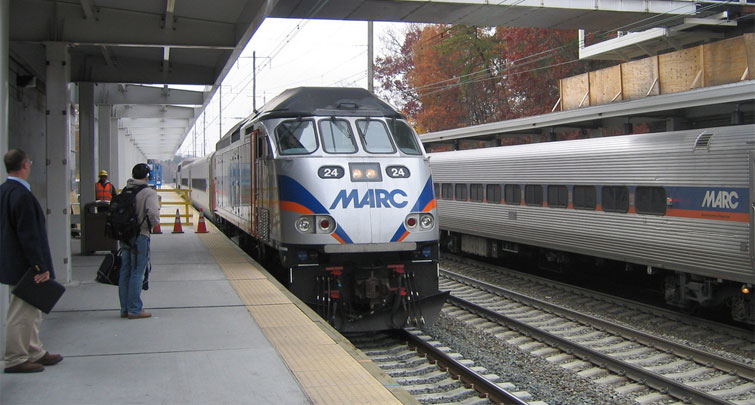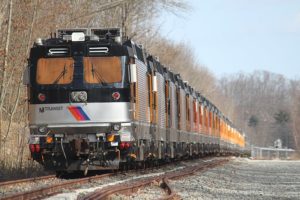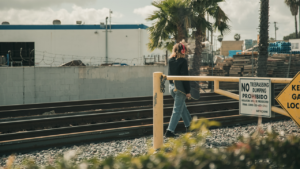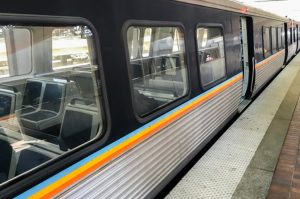Proposal to integrate VRE and MARC commuter lines
Written by David C. Lester, Editor-in-Chief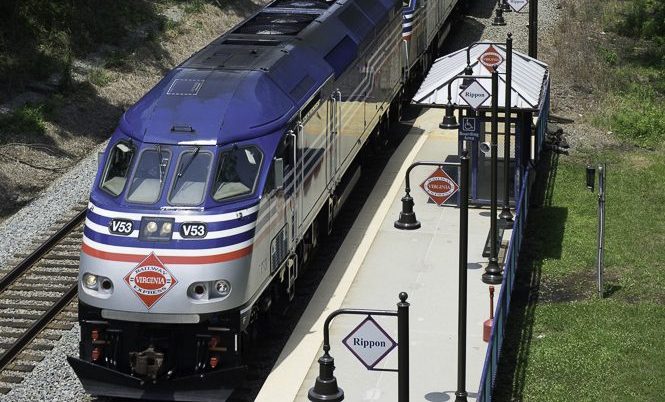
If you’ve ever been around railroads in the Washington, D.C. area, you’ve seen the trains of two commuter rail lines—Virginia Railway Express (VRE) and the Maryland Area Regional Commuter (MARC) service.
Yesterday, an organization called the Greater Washington Partnership released a report entitled Capital Region Rail Vision, which recommends the integration of VRE and MARC into one commuter rail system. According to the Greater Washington Partnership, the goal of combining the two systems is to “[create] a more unified, competitive, and modern rail network for the Washington, D.C. area.”
Let’s take a quick look at the two systems:
Virginia Railway Express
The Fredericksburg Line runs south from Washington Union Station due south to Spotsylvania, with several stops along the way. The Manassas Line splits from the Fredericksburg Line at Alexandria, Va. and runs southwest to Broad Run.

Maryland Area Regional Commuter (MARC)
The MARC system is more extensive, with three rail lines emanating from Washington Union Station. The Penn Line runs to Perryville, with stops along the way including BWI Airport and Baltimore’s Penn Station. This line connects with Amtrak trains traveling up the Northeast Corridor to Philadelphia, New York and Boston. The Camden Line runs to Camden Station at Camden Yards, and the Brunswick Line runs to Martinsburg, W.Va., with part of the line splitting off at Point of Rocks to head to Frederick, Md.
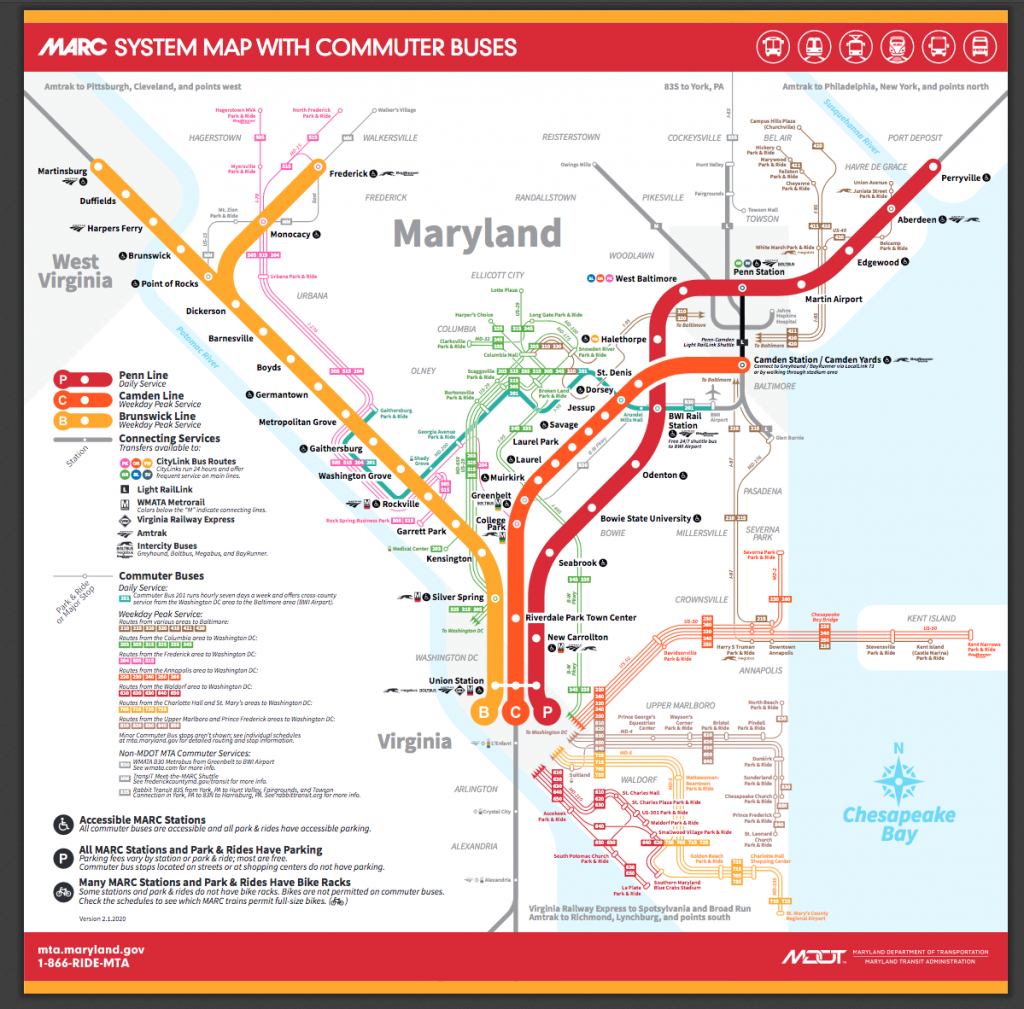
The Greater Washington Partnership also points out that “the network can increase access to jobs, education, and the region’s rich cultural assets in the region’s core, emerging activity centers, and suburban areas. However, while our rail network is superior to many domestic regions, the opportunity is out of reach because many of our rail assets are far beyond their useful life, and the operations are not organized to meet the travel demand for the region’s families and employers. This leaves many areas of the region underserved, with nearly all residents losing access to service outside of peak commuting periods.”
For more information, the complete 55-page report is available here.
